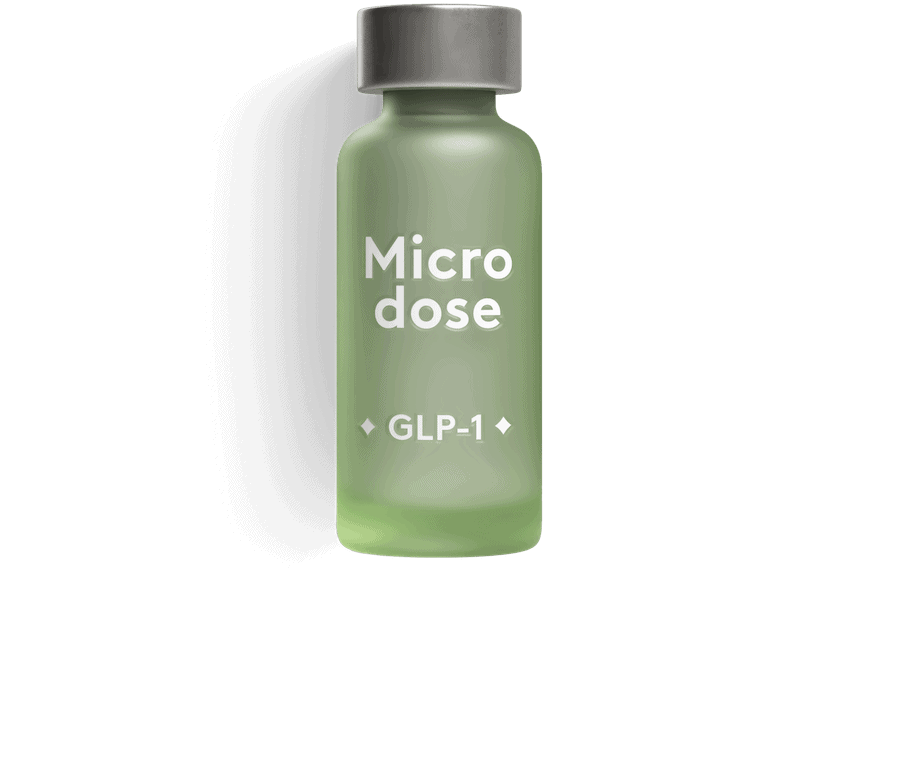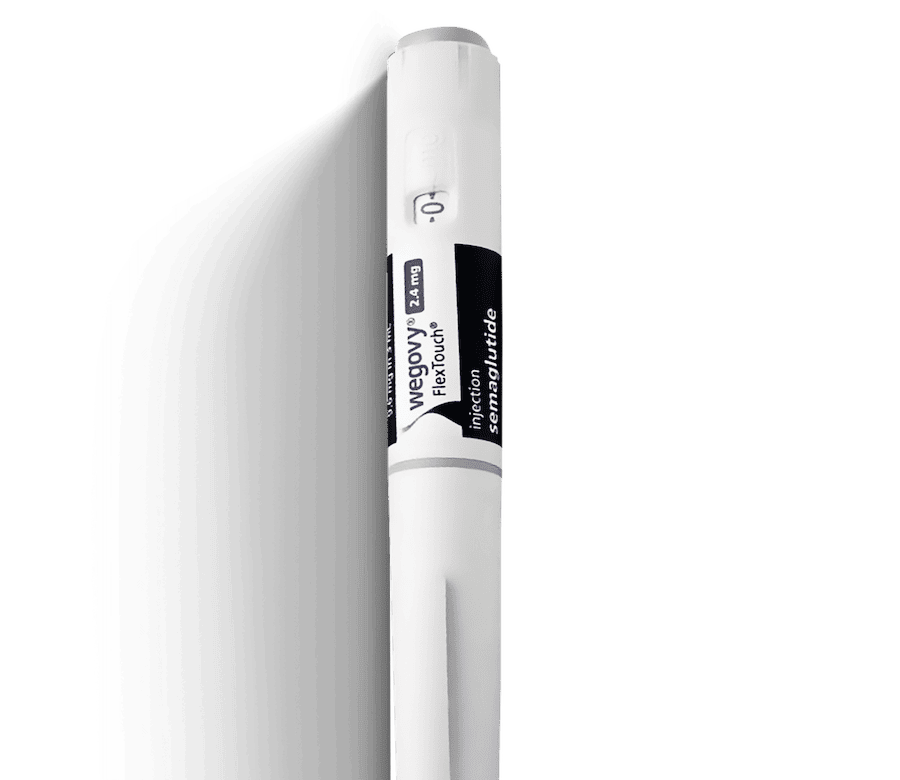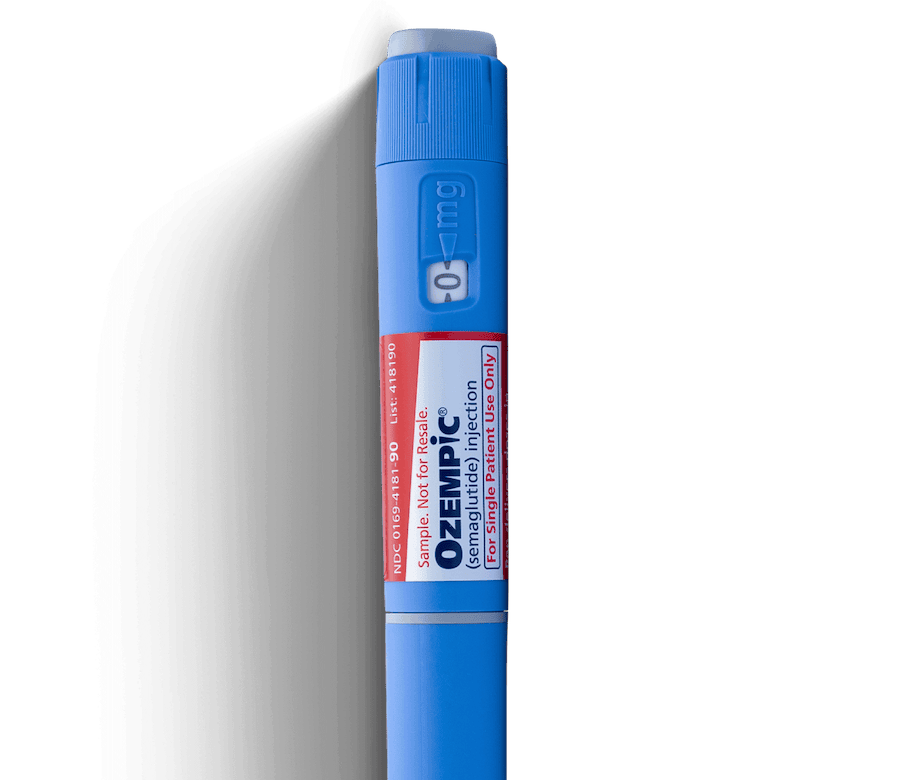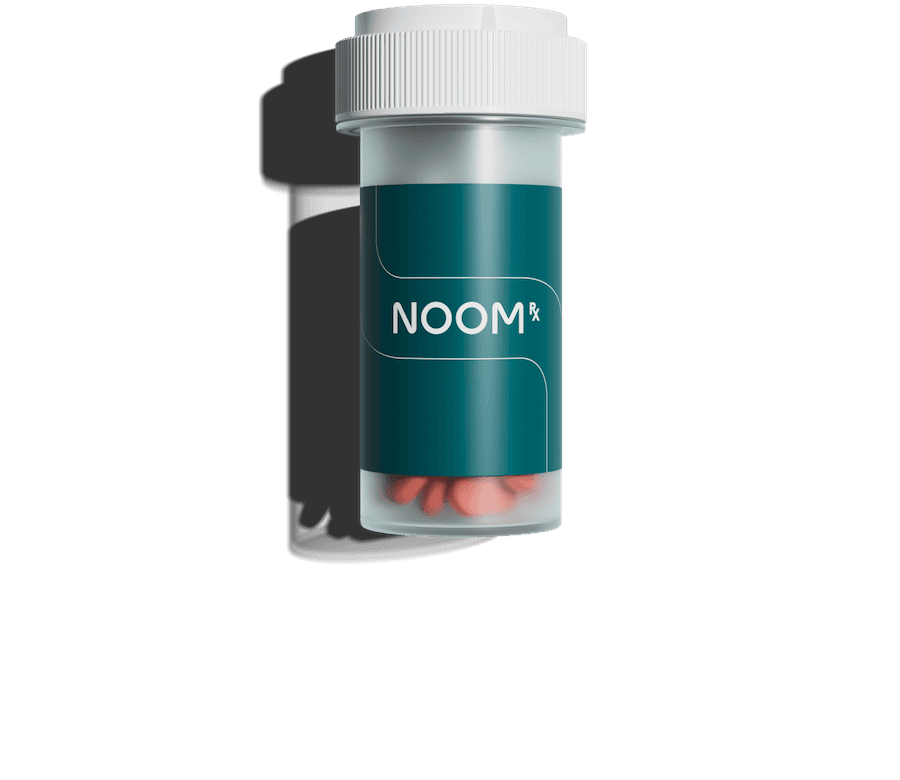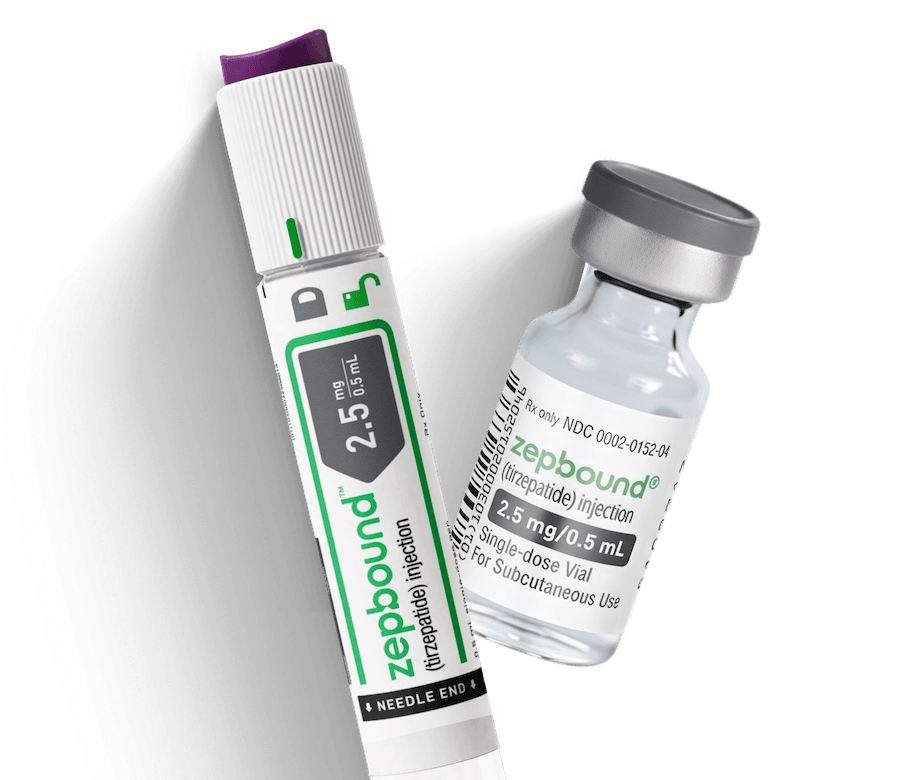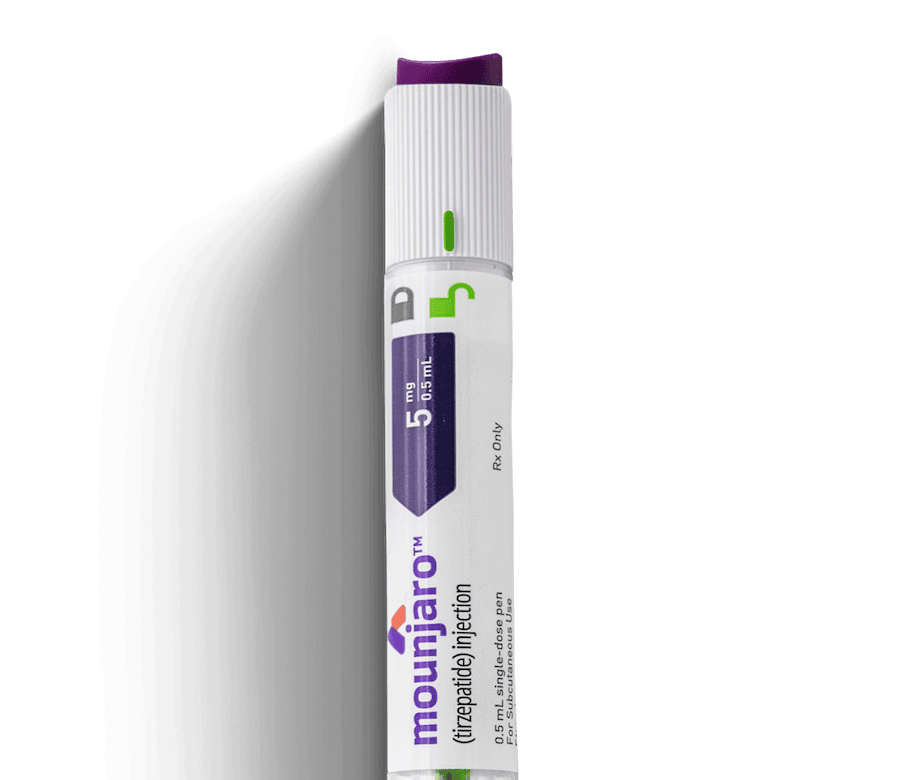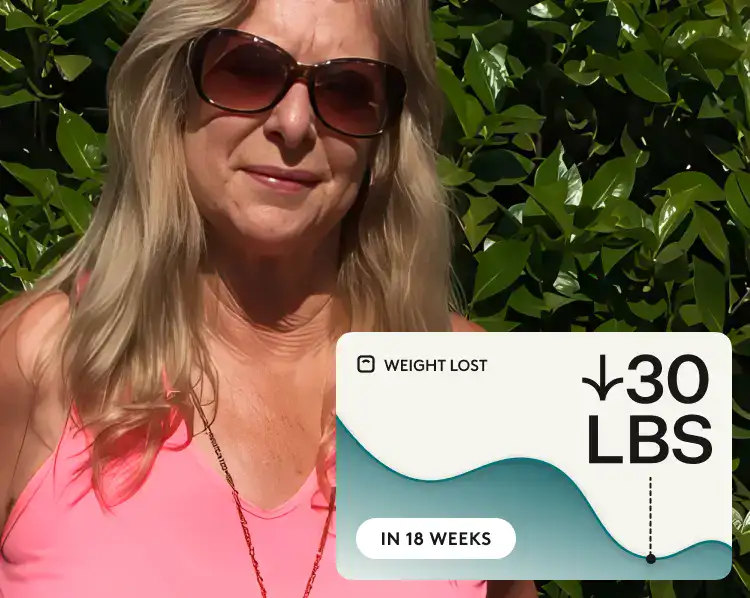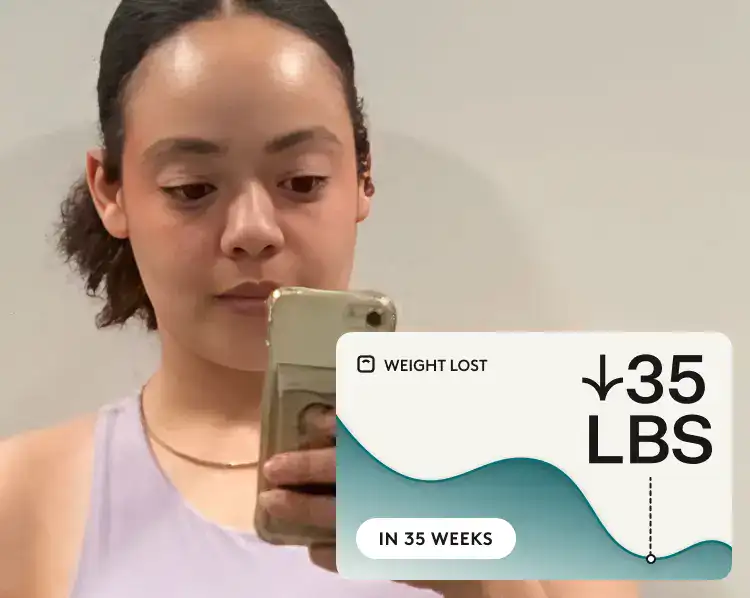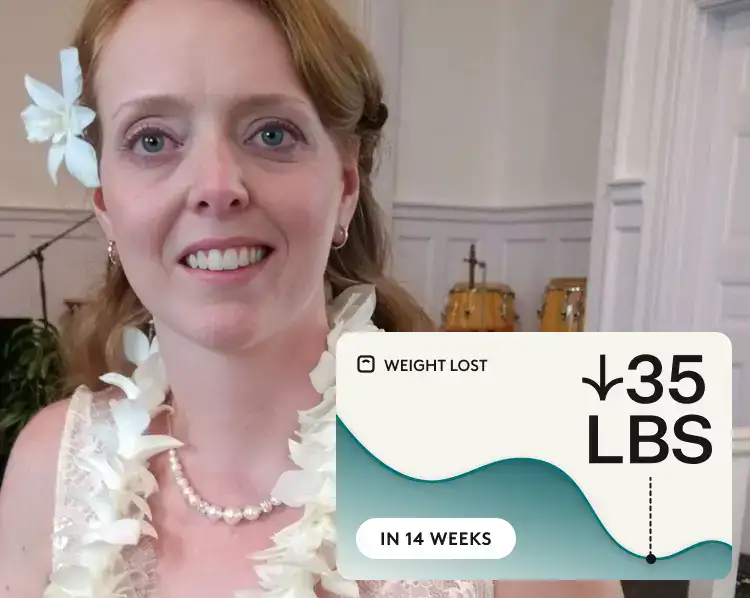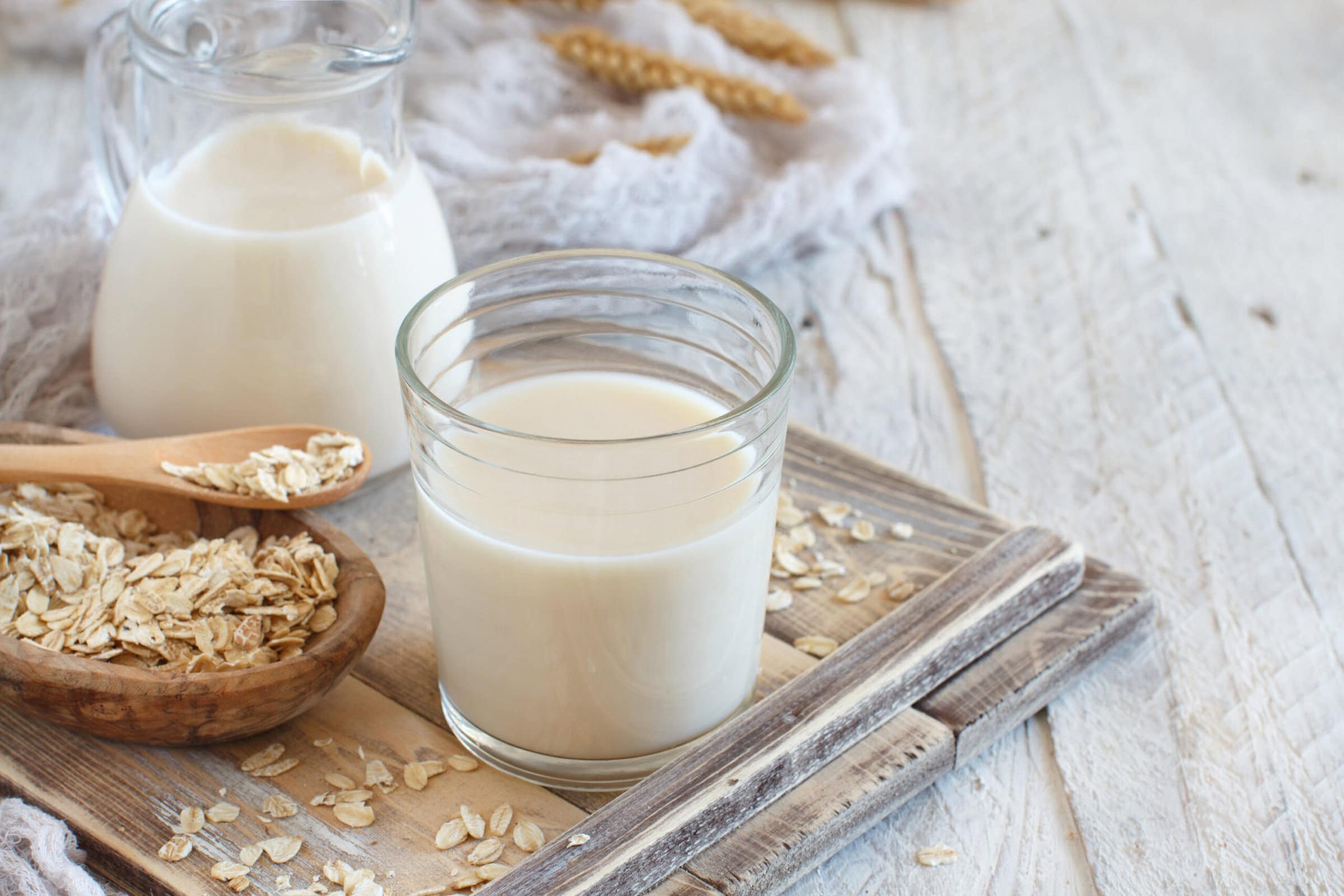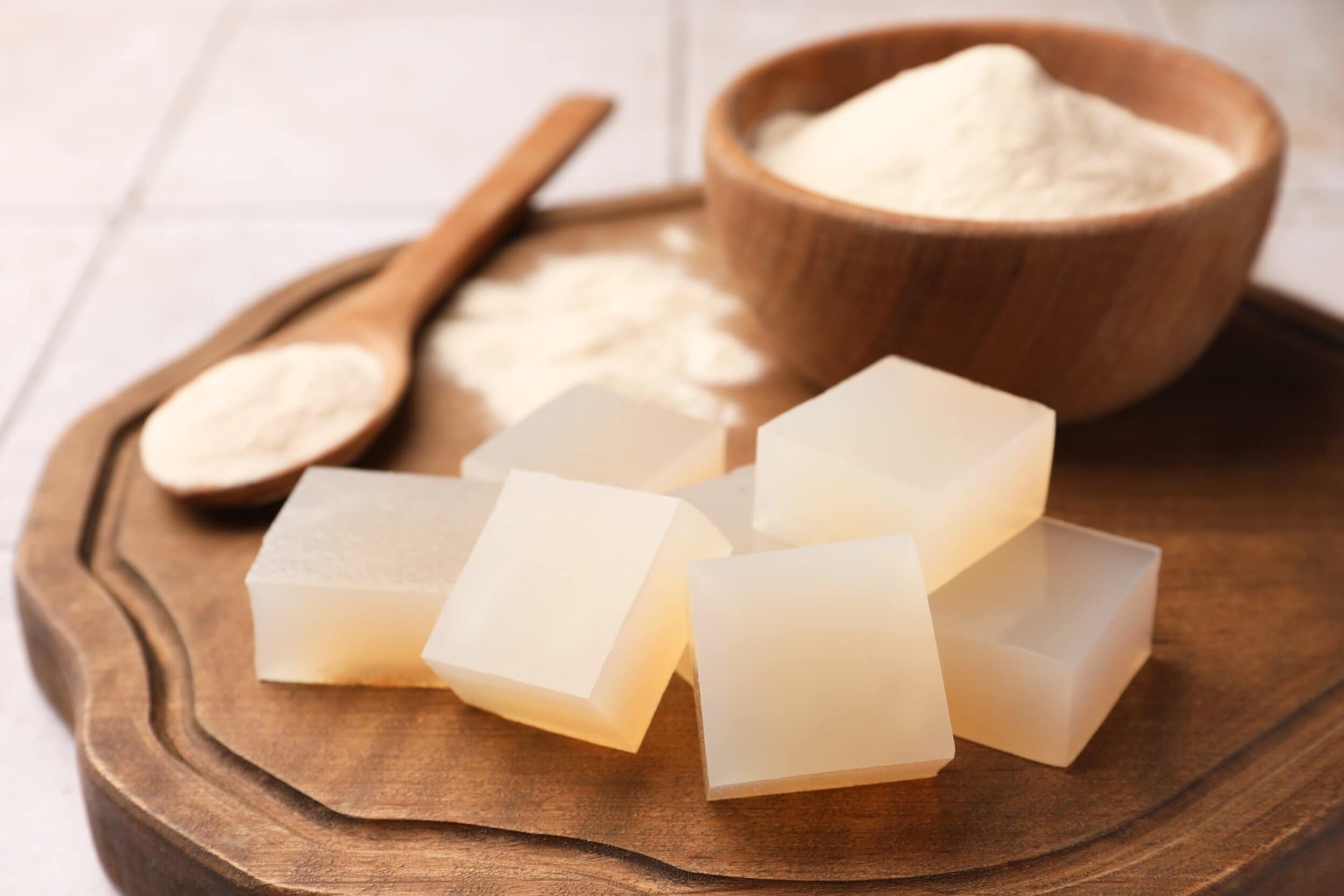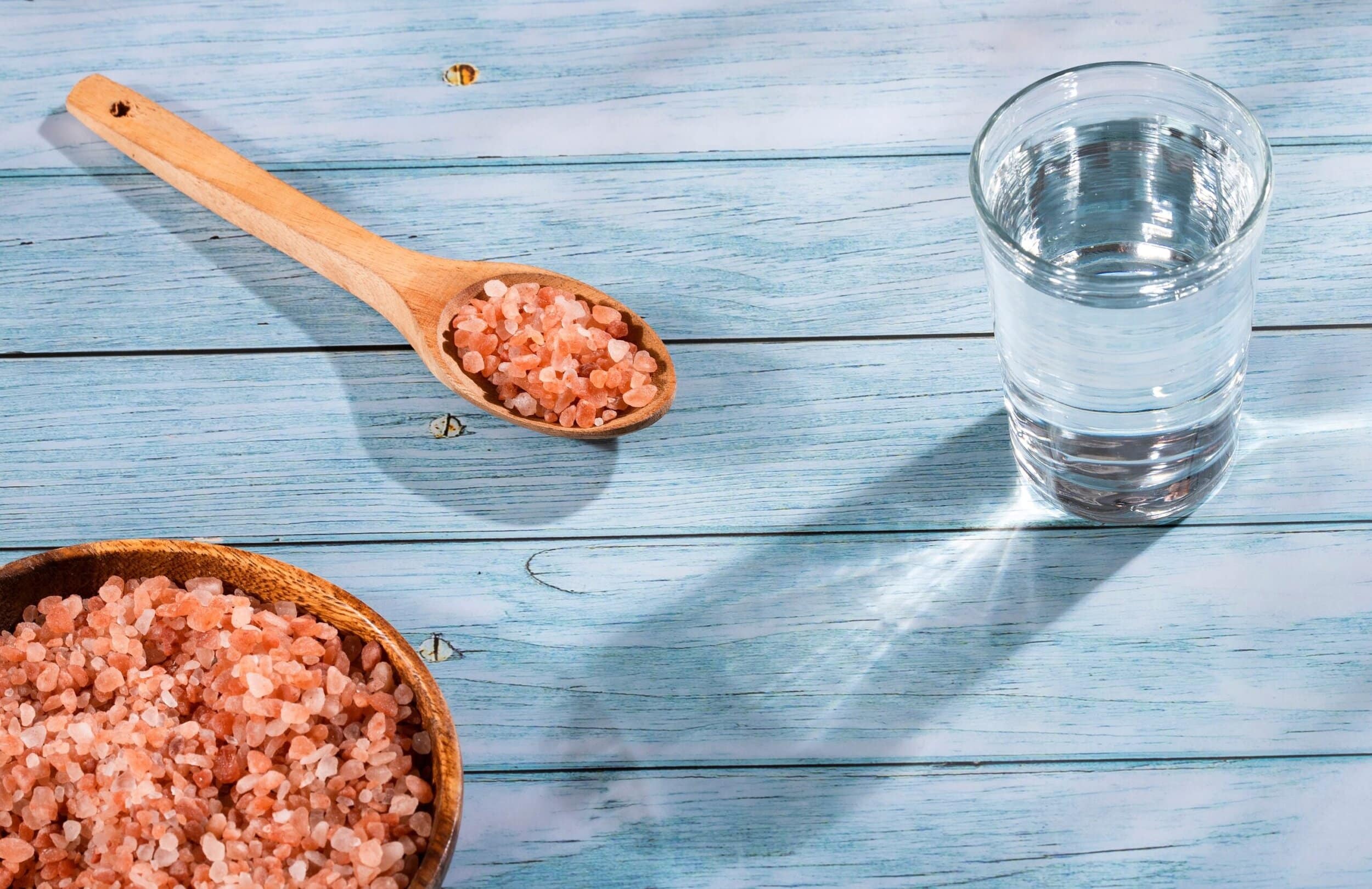Over the past year or so, protein has become the star of the nutrition world. There are now “high-protein” versions of nearly everything, including beverages, pastas, snacks, and even cookies and desserts. It feels like every new recipe puts protein front and center.
Coffee chains are getting in on the trend, too. Starbucks now offers protein-packed blended drinks, and fast-food restaurants like Arby’s are promoting menu items specifically by their protein content. Protein isn’t just a nutrient anymore—it’s a buzzword.
There are good reasons protein has earned attention: it plays a key role in building and maintaining muscle, supporting metabolism, and helping you stay satisfied after meals. But that leads to an important question: Is more protein always better? Or are some high-protein hacks more hype than health?
This brings us to the latest viral star of the high-protein world: High-protein tuna bread. This quick recipe has recently taken social media by storm, with claims that just two or three ingredients and an air fryer can create a delicious carb-free bread.
The recipe, originally shared in a viral 2-ingredient tuna bread video on Facebook, blends canned tuna and eggs, plus a little leavening, into a loaf that slices like bread.
But does this unconventional “bread” live up to the hype for weight loss and health? Let’s look closer at this trend, its benefits, and potential risks. Plus, we’ll ask Kayla Reynolds, MS, NASM-CPT, Director of Knowledge, Learning & Behavior at Noom, whether this is a healthy trend or one to skip.
What is high-protein tuna bread?
High-protein tuna bread is a loaf made from canned tuna. Most versions use two cans of drained tuna mixed with two eggs and about 1 teaspoon of baking powder to help it rise. The mixture is blended until smooth and then cooked in a small pan or bowl, often in an air fryer or oven.
The result is a pale, dense loaf that can be sliced and used like bread. Because it contains no grain flour or added sugar, it’s virtually zero-carb while being extremely high in protein.
High-protein tuna bread: Nutritional breakdown
A tuna bread loaf made from two cans of tuna and two eggs is low in calories but packed with protein.
The entire loaf, which is the size of a small sandwich roll, has about 380 calories and 70 grams of protein. That’s much more than most people need in a single meal, with the typical recommendation being 20 to 30 grams per meal.. Most people do best with around 0.8 to 1.2 grams of protein per kilogram of body weight daily—or roughly 55 to 90 grams total for someone who weighs about 150 pounds. Some people need more protein based on age, activity level, medication status, or goals. Here’s the estimated nutrition summary:
| Nutrient | Amount (per loaf) |
|---|---|
| Calories | 380-385 calories |
| Protein | 65-70 g |
| Total fat | 10 g |
| Carbohydrates | <2 g |
| Sodium | 900-1,100 mg |
Why is high-protein tuna bread popular?
This trend first gained traction after going viral on Instagram. High-protein tuna bread is a perfect blend of internet-friendly traits: simple, budget-friendly, targeting a popular diet niche, and visually surprising.
- Low-carb, high-protein appeal: Tuna bread checks all the boxes for keto and high-protein diets. It contains virtually no carbs and a large dose of lean protein, making it attractive to those seeking weight loss or muscle-building snacks. By replacing flour with high-protein fish, this recipe offers a bread-like experience without the blood-sugar impact of regular bread. High-protein foods can increase satiety, which may help people eat fewer calories overall.
- Simplicity and convenience: With only 3 ingredients required, the recipe is very simple and budget-friendly. Canned tuna and eggs are kitchen staples for many. The preparation is quick (just blend and cook) and appeals to busy individuals or those who aren’t confident bakers.
- Novelty and viral curiosity: The concept of “bread made out of tuna” sounds quirky, which makes it perfect for social sharing. The videos show it being made in an air fryer or oven under 20 minutes, which adds to the hype. The unusual nature of the recipe encourages clicks and social sharing.
- Dietary substitute for bread: Bread is a common food that’s deemed “off-limits” on certain diets like keto. Tuna bread offers a way for those on low-carb plans to enjoy sandwiches or toast-like snacks without the carbs. This promise of a carb-free bread substitute that even adds extra protein to your diet is very compelling.
How to make high-protein tuna bread: Easy recipe
Making tuna bread is straightforward. You’ll need two cans of water-packed tuna, two eggs, and a teaspoon of baking powder.
- Blend the ingredients: Drain two cans of tuna and add them to a blender or food processor. Add two eggs and 1 teaspoon of baking powder. You can also add seasonings. Common additions include a pinch of salt, black pepper, garlic powder, or herbs for extra flavor.
- Puree into a batter: Blend the tuna and eggs until you have a smooth, thick batter. It should become a uniform paste with no visible chunks of fish. The baking powder will start to activate once mixed, creating tiny air bubbles.
- Transfer to a baking dish: Pour or spoon the mixture into a greased small loaf pan or heat-proof bowl, or ramekin. The batter will be wet and spoonable. Smooth the top with a spatula for even thickness.
- Cook until set: Bake the mixture in an air fryer or regular oven. In an air fryer, creators suggest about 15-20 minutes at 350 °F (180 °C). In a conventional oven, it may require a bit longer (20-25 minutes) at a similar temperature until the tuna bread is firm, springy, and a toothpick comes out clean.
- Cool and serve: Let the loaf cool for a few minutes, then gently remove it from the pan. It will look like a pale bread mini-loaf. You can slice with a sharp knife. Many people like to toast the slices or pan-sear them for a better texture. Serve like bread: topped with spreads, made into a sandwich, or however you prefer.
The key is blending the tuna and egg thoroughly (to avoid any chunky, wet texture) and cooking until just set. The resulting loaf will have a slight tuna scent, especially when warm, but fans say the taste is mild and quite plain, making it a blank canvas for toppings.
Rx weight loss, the right way, with Noom
Get access to prescription weight loss medication with Noom.Variations of high-protein tuna bread
People have experimented with various tweaks to the basic tuna bread formula. Notable variations include:
- Herbs and seasonings: To improve flavor and mask any fishy taste, many add herbs or spices.
- Cheesy tuna bread: Some people sprinkle a bit of shredded cheese into the batter or on top before baking.
- Different proteins: Inspired by tuna bread, variants using canned chicken or salmon are starting to appear online.
- Shape and size tweaks: Instead of a loaf, some people make “flatbread,” “tuna bread rolls,” or even use muffin tins to create mini loaves.
Is high-protein tuna bread good for weight loss?
Is tuna bread a weight-loss-friendly food? Let’s break down the promises:
“It’s a high-protein, low-carb miracle for weight loss.”
Tuna bread is very high in protein and low in carbs. Replacing a refined-carb food (bread) with a virtually carb-free, protein-rich alternative can indeed be beneficial for some weight loss goals. Protein is very filling and has a higher thermic effect (meaning your body burns more calories digesting it than it does for carbs or fat).
Diets higher in protein have been shown to promote greater satiety. So if someone eats tuna bread instead of a higher-calorie, high-carb item, it could aid weight management as part of an overall calorie-controlled plan.
“Tuna bread is really high in protein, which can help keep you full,” says Reynolds. “But bread isn’t inherently bad for you. Whole-grain bread provides important nutrients like fiber, thiamin, folate, and other B vitamins, plus minerals that tuna bread doesn’t have.”
She adds that if tuna bread sounds enjoyable to you, it can be most effective when paired with other foods and spread throughout the day. “70 grams of protein is a lot for one meal,” says Reynolds. “Spreading your protein intake across the day, about 20 to 30 grams per meal, can help your body use it more efficiently and support steady energy.”
“Plus, no single food will cause weight loss on its own. What matters is your overall diet and maintaining a calorie deficit. You could eat high-protein bread all day and still gain weight if you’re in a surplus.”
“It’s delicious and a perfect bread replacement.”
Reactions to taste and texture are mixed. Some people are pleasantly surprised by the mild flavor, while others find it unappealing. Most report a noticeable tuna aroma, especially when warm.
Does it deliver as a bread substitute? Probably not. It’s functional: you can slice, toast, and top it. But the eating experience is not the same as biting into a piece of warm, doughy bread. Expect a more eggy, slightly rubbery texture (comparable to an omelet or soufflé), and a whiff of fish.
For some, that’s okay; for others, it’s a definite no.
“It’s healthier than bread.”
Tuna bread does offer lean protein, and it doesn’t contain refined carbs, which are positives. You’re getting quality protein from tuna and eggs, plus micronutrients like vitamin B12, niacin (B3), and vitamin B6 from the tuna, as well as selenium and a little vitamin D. The egg adds choline, vitamin A, and small amounts of riboflavin (B2), rounding out its nutrient profile despite the simple ingredient list. There’s no added sugar or processed flour. If your usual snack is something like a donut or pastry, replacing it with tuna bread could very well be healthier.
But it lacks fiber. Fiber is important for digestion, heart health, and satiety. Extreme low-carb diets cut out fiber and can cause issues like constipation or cause you to miss out on nutrients.
If someone ate tuna bread in place of most meals, they might fall short on fiber and some vitamins and minerals you’d get from whole grains or vegetables. Also, while tuna and eggs are healthy proteins, variety is key in a healthy diet. For most healthy people, it should be fine in moderation, but balance with other foods is important.
So it’s not that tuna bread is “unhealthy,” but calling it universally healthier than bread oversimplifies things. A slice of whole-grain bread with turkey could be just as nutritious, with more fiber and whole-grain benefits.
Is high-protein tuna bread safe?
Generally speaking, the ingredients in tuna bread are common food items and safe for most people when prepared properly. However, a few potential concerns:
Mercury exposure from canned tuna
Tuna is a nutritious, lean fish, but it does contain mercury. Eating canned tuna in moderation is generally safe when done in moderation, and it depends on the type.
- Light tuna is lower in mercury and can typically be eaten 2 to 3 times per week safely for most adults.
- Albacore tuna (sometimes labeled “white tuna”) contains about three times more mercury than light tuna and should be limited to no more than once per week—or about 6 ounces total, according to FDA guidance.
The amount of tuna in a single loaf (roughly two small cans) equals about 2 to 3 servings. Eating that once a week, focusing on the light version, is considered safe for most healthy adults. Eating tuna bread every day could exceed the recommended mercury limits, especially for pregnant women, children, or anyone who’s more sensitive to mercury exposure.
To stay safe, vary your protein sources and opt for light tuna over albacore whenever possible. Tuna bread in moderation is safe, but it shouldn’t be your daily go-to.
“There’s nothing wrong with enjoying a high-protein recipe like this if you’re healthy,” says Reynolds. “The key is making sure it fits into a well-balanced week. Your body does best when protein comes from a variety of sources—not just one food over and over.”
High in sodium
Depending on the ingredients, tuna bread can be moderately high in salt. Canned tuna is often higher in sodium for preservation purposes. Two cans can contribute 600 to 800+ mg of sodium, or roughly 30 to 40% of the RDA.
Leavening agents like baking powder or baking soda also add sodium (about 500 mg per teaspoon in many brands). Combined, this means a single loaf of tuna bread can easily reach 1,000 mg of sodium or more—about 45% of the daily recommended limit of 2,300 mg.
If you eat the entire loaf or top it with salty add-ins like cheese or deli meat, your total sodium intake could climb even higher. For most healthy adults, an occasional higher-sodium meal isn’t a major concern, but if you have high blood pressure or are following a low-sodium diet, it’s worth keeping an eye on.
To cut back, try no-salt-added tuna, low-sodium baking powder, or skip the leavener altogether for a denser loaf. And as always, enjoy tuna bread in moderation rather than making it a daily staple.
Lack of other nutrients
As mentioned, tuna bread is essentially a lot of protein and some fat from the eggs with very little carbohydrate or fiber. If someone relies on it too heavily or uses it to replace most meals, they could miss out on essential nutrients. Extremely low-carb, high-protein diets that cut out fruits, whole grains, and many vegetables may lead to issues like nutrient deficiencies, constipation, headaches, or fatigue.
Tuna bread on its own isn’t likely to cause these problems, but it should complement a balanced diet, not replace it. Your body still needs fruits and vegetables, healthy fats, and some high-fiber carbs throughout the day to stay nourished and energized.
Allergies or sensitivities
If you have a fish or egg allergy, tuna bread is obviously not safe for you. Fish and eggs are common allergens. So for those allergic, skip this one entirely.
Medical concerns with high protein
If you have any underlying medical conditions or plan to make a major diet shift, check in with your healthcare provider first. Having a slice of tuna bread now and then is unlikely to cause harm, but making it a regular staple should be discussed with a professional to ensure it aligns with your health needs.
For the average healthy adult, high-protein tuna bread itself is considered safe to eat. It’s basically like eating tuna and eggs just in a different format. The main safety takeaways are moderation (especially regarding mercury and sodium) and ensuring it fits within your personal health needs. If in doubt, check with a dietitian or doctor, particularly if you plan to incorporate unconventional foods like this regularly.
The bottom line: Tuna bread can be an occasional bread substitute
High-protein tuna bread offers some benefits: it’s low in carbs, high in protein, and fairly low in calories, which can support weight-loss or muscle‐building goals. It provides a clever way to enjoy something bread-like on a keto or high-protein diet, and many people are excited by how simple and budget-friendly it is. From a pure nutrition standpoint, tuna and eggs are healthy protein sources, and using them to replace white bread or other refined carbs can indeed be a positive swap in moderation. Just be sure to balance protein, carbs, and healthy fats in your overall diet.
But tuna bread isn’t a substitute for an overall healthy lifestyle. Yes, it can help increase your protein intake, but sustainable weight loss still boils down to your overall calorie balance and long-term habits, not one special recipe. Enjoy tuna bread if you like it, but remember that true wellness comes from consistency: balanced meals, regular exercise, and listening to your body’s needs.
As always, if you have specific health conditions or goals, consult with a healthcare provider or registered dietitian before jumping on viral diet trends.
Looking for more guidance and tips? Download the Noom app today on iOS & Android. You’ll get personalized guidance, daily tips, and more to help you reach your goals and feel your best.
Why you can trust us
At Noom, we’re committed to providing health information that’s grounded in reliable science and expert review. Our content is created with the support of qualified professionals and based on well-established research from trusted medical and scientific organizations. Learn more about the experts behind our content on our Health Expert Team page.



